Showing 1–12 of 73 resultsSorted by latest
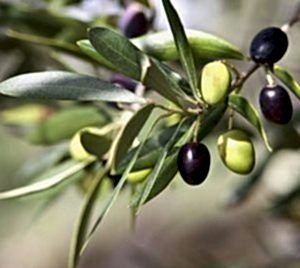
€35.00It is a small, neat evergreen tree with a dense spreading crown of glossy grey-green to dark green leaves that is silvery underneath. The rough, grey bark sometimes peels off in strips. Wild Olive or Olienhout, bears sprays of tiny, lightly scented flowers during summer, followed by small, thinly fleshy fruits (either sweet or sour) which ripen purple-black.Needs full sun and will tolerate temperatures ranging from about -5°C to 40°C but you will have to protect it the first few winters. It is slow-growing, drought and wind-resistant and is a good shade or screen plant in the home garden. Do not plant it too close to walls, patios or swimming pools. Popular to use for bonsai. Wild Olive can be used to stabilize erosion dongas and ditches. Can be propagated from seed or from hardwood cuttings.
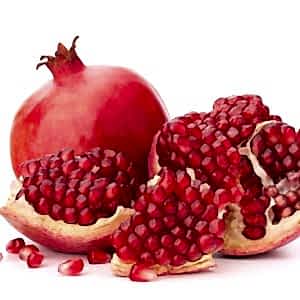
€28.00Pomegranate trees are grown not only for their juicy, tempting fruit, but also make attractive ornamental specimens with orange-red blossoms prior to fruiting, set off upon glossy, deciduous green leaves. Trees usually have thorns, and are grown as a bushy shrub.

€28.00Tangerine, (Citrus reticulata), small thin-skinned variety of orange belonging to the mandarin orange species of the family Rutaceae. Probably indigenous to Southeast Asia, tangerine culture spread westward along trade routes as far as the Mediterranean. The fruit is cultivated in the subtropical regions of both the Old World and the New World, especially in southern Europe and the southern United States. The tender, juicy, richly flavoured pulp is abundant in vitamin. Oil extracted from the fragrant skin of the tangerine is a characteristic ingredient in several flavourings and liqueurs.
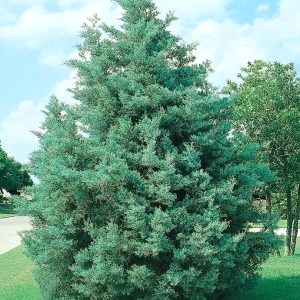
Cupressus Arizonica is an evergreen coniferous tree adapted to dry environments that reproduce by seed. Cupressus arizonica is reported as invasive in Haleakala National Park, Hawaii

€45.00Nolina has thin, arching leaves which sprout from a long or fat woody stem. Its bulbous face looks scaly and resembles the skin of an elephant foot, giving the plant one of its names. Unlike other plants in the Agave family, nolinas have decorative spikes of small white flowers, sometimes tinged with purple or pink.
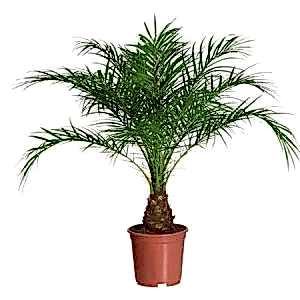
€45.00The Roebelenii palm, also known as Miniature Date Palm or Pygmy Date Palm, is an attractive slow growing dwarf palm. Roebeleniis have upright or curving trunks that are relatively thin and covered with old leaf bases. They are topped with a dense, full crown of arching glossy green leaves.

€10.00Salvia officinalis is a perennial, evergreen subshrub, with woody stems, grayish leaves, and blue to purplish flowers. It is a member of the mint family Lamiaceae and native to the Mediterranean region, though it has been naturalized in many places throughout the world.
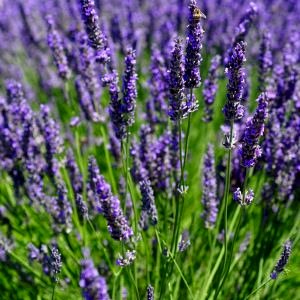
€10.00Lavandula x intermedia is a hybrid cross between English Lavender and Portuguese Lavender. They are somewhat less hardy, but grow larger and will produce more flower spikes. They also tend to bloom later than other Lavandula species, blooming from July to September. It will go to seed from August to October.
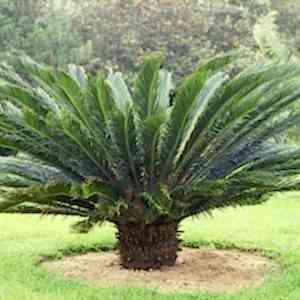
€45.00Cycas revoluta, is not a palm at all but a cycad. However its palm-like, feathery foliage, and cones, make it very similar to a palm or tree fern. Native to the southern regions of the United States, it’s commonly grown as a houseplant in temperate climates. It’s ideal for growing in a container, which you can move outside in summer, however it is possible to grow it outside in milder regions of the UK, as long as winter protection is provided. Grow Cycas revoluta in free-draining soil or compost in full sun. If growing outside as part of a tropical planting scheme, provide full protection in winter as temperatures below -5° will damage the leaves. Avoid over-watering as this can lead to root rot.
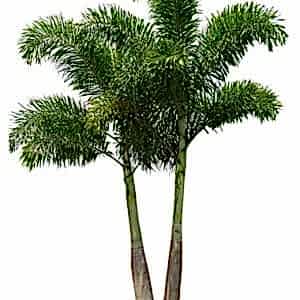
A hardy, slender, tall and compact growing Palm perfect for lining driveways, fence lines and for creating a small but striking top canopy in tropical gardens. The foxtail palm is self-cleaning, with bright, feathery foliage.
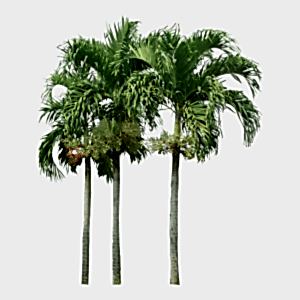
Archontophoenix is a plant genus comprising six palm species that are native to New South Wales and Queensland in eastern Australia. They are tall, slender and unbranched.

€16.50Pteridium aquilinum (bracken, brake or common bracken), also known as eagle fern, is a species of fern occurring in temperate and subtropical regions in both hemispheres. The extreme lightness of its spores has led to its global distribution.












